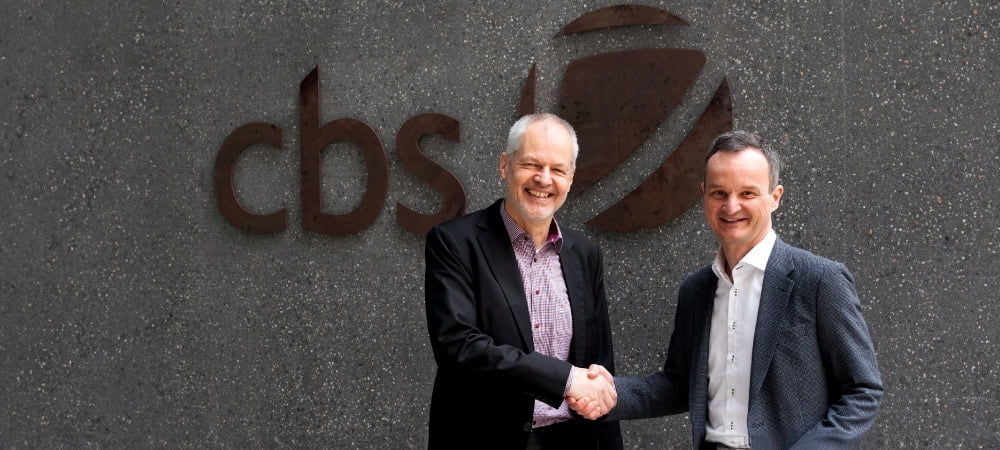From the hybrid landscape to the cloud

Recruiting and retaining good employees, deploying them in the right place and preparing them for digitization in a targeted manner, arranging succession for key positions at an early stage:
Today, HR departments are confronted with a wide range of challenges due to the dynamics of the business world - keywords working world 4.0 and demographic change. Harmonized HR data and processes as well as uniformly defined HR key performance indicators (KPIs) are an important prerequisite for the HR organization to perform its tasks efficiently and transparently and at the same time develop a future-oriented HR strategy.
HR data in the cloud, billing on premise
In my experience, this is best obtained from a hybrid HR landscape. It combines the advantages of an on-premise solution such as SAP HCM, which handles classic HR processes such as payroll, with those of a modern HR cloud platform such as SAP SuccessFactors, in which the HR data of all employees worldwide or company-wide is managed centrally and uniformly.
When HR data is consolidated and harmonized in an HR cloud solution, strategic processes such as employee development, recruitment, succession planning and reporting can also be standardized, simplified and made more efficient.
This means real added value, especially if such a solution also offers users an interface on which they can perform their tasks intuitively, conveniently and role-based, both on the desktop and on the move via smartphone or tablet.
However, storing and managing highly critical HR data in a cloud requires absolute confidence in its security and integrity. It is therefore advisable to choose a provider that operates its data centers in Germany and is subject to the strict German Federal Data Protection Act (BDSG) when handling this data, which guarantees a high level of legal security.
The nuts and bolts of HR harmonization
In my opinion, the be-all and end-all for the success of any harmonization project is that HR data needed to generate a payroll is replicated directly and always correctly from the HR cloud to the on-premise software. The first step is therefore to harmonize the cloud and on-premise data models.
In the cloud solution, the applicable national legal requirements for each location, for example with regard to social security or income tax, must also be mapped, and this must already be done in the input masks.
Special compensation rules for individual branches based on a company agreement or customer-specific HR infotypes that contain information relevant to tax and thus to payroll, for example from an employee discount card, must also be taken into account.
Conversely, it must be ensured that payroll data is transferred to the cloud software and is available for analyses. The key to successful harmonization is therefore the creation of a central reporting manual in which HR KPIs such as fluctuation or full-time equivalents are defined uniformly across all locations, even if regional differentiations continue to exist.
This creates a common understanding of HR metrics and the processes behind them.
However, the requirements associated with such HR harmonization demand a level of expertise that is likely to be available in very few companies. Such a project therefore requires the support of an experienced and competent partner who provides all services from a single source.
Ideally, it also provides the necessary solutions for transferring the data in customer-specific HR infotypes from the cloud to the on-premise world, as this is sometimes not possible with SAP standard tools.
HR future from the cloud
Then nothing will stand in the way of building a customized, high-performance hybrid HR solution before - as studies such as the HCM Industry Monitor 2016 predict - all HR processes are shifted to the cloud in the long term. But we still have a long way to go before that happens.





